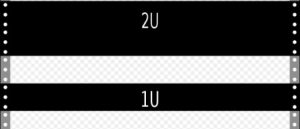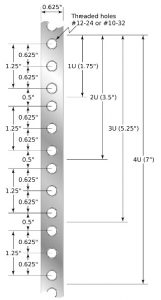A: There are a lot of reasons to use specific types of material but here are some of the key ones.
Steel – Typically can be used in indoor or outdoor environments. It is corrosion resistant if powder coated or has a chemical conversion applied. Will absorb and conduct heat. Metal will dissipate heat better than non-metallic enclosures.
Stainless Steel – The corrosion resistance comes from nickel composition.
Die-cast aluminum – when molded it can be impact resistant.
Fiberglass – high impact strength and rigidity and has superior working temperature (-31 degrees F to 300 degrees F.) Good moisture and chemical resistance. Tends to be more expensive than polycarbonate but less expensive than other corrosion resistant boxes.
Polycarbonate (PC) plastic – Higher performance thermoplastic (injection molding.) The temperature range is less than fiberglass. It can be formulated to offer fire retention or UV stability and offers superior insulation. This can be offered in a clear material and is corrosion resistant. Polycarbonate objects weight less. If a polycarbonate object weighs 1 pound, a similar fiberglass would weigh about 1.5 pounds, aluminum 2 pounds, and steel 6 to 7 pounds.
ABS plastic – oLw-cost alternative for indoor applications where rating is not required.
For more material selection tips, read our article, NEMA Enclosures: Choosing the Right Material.



